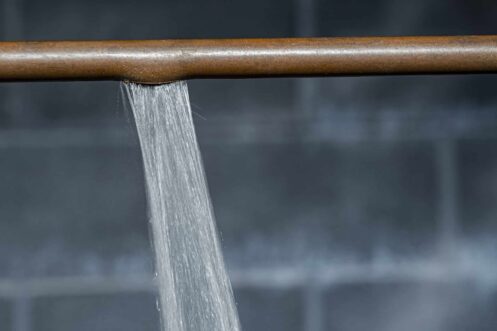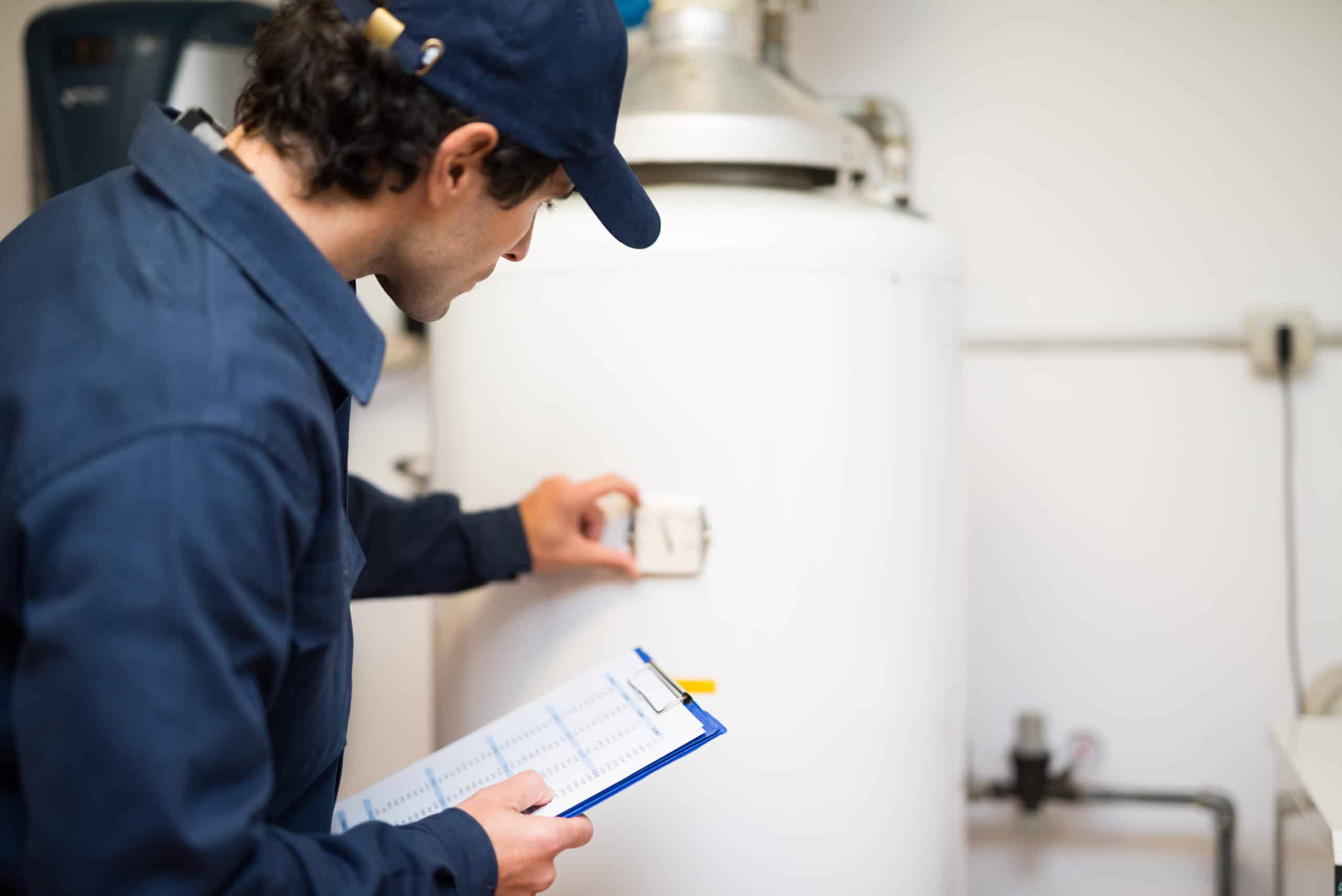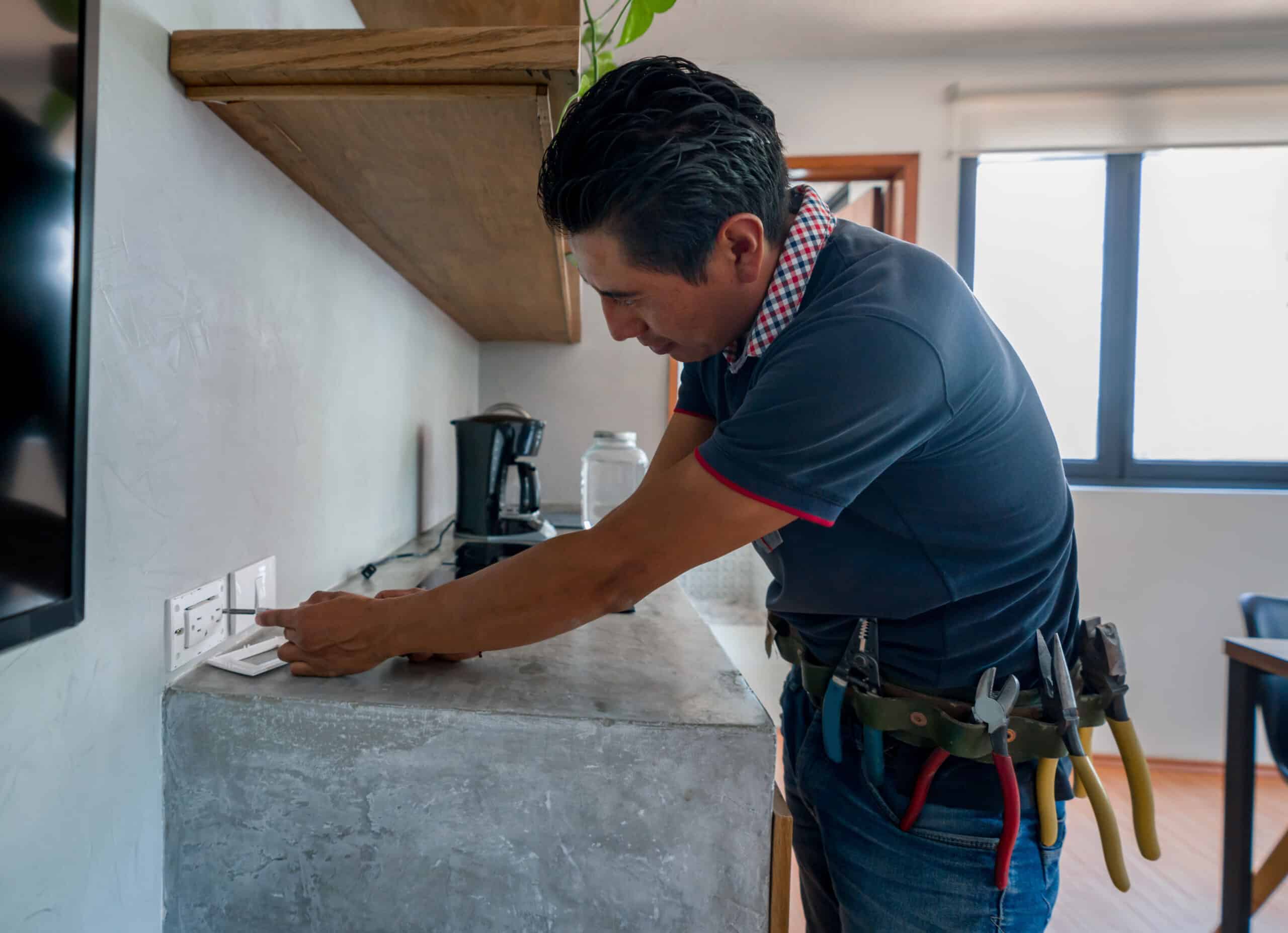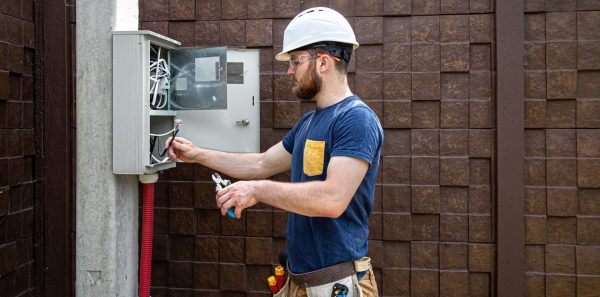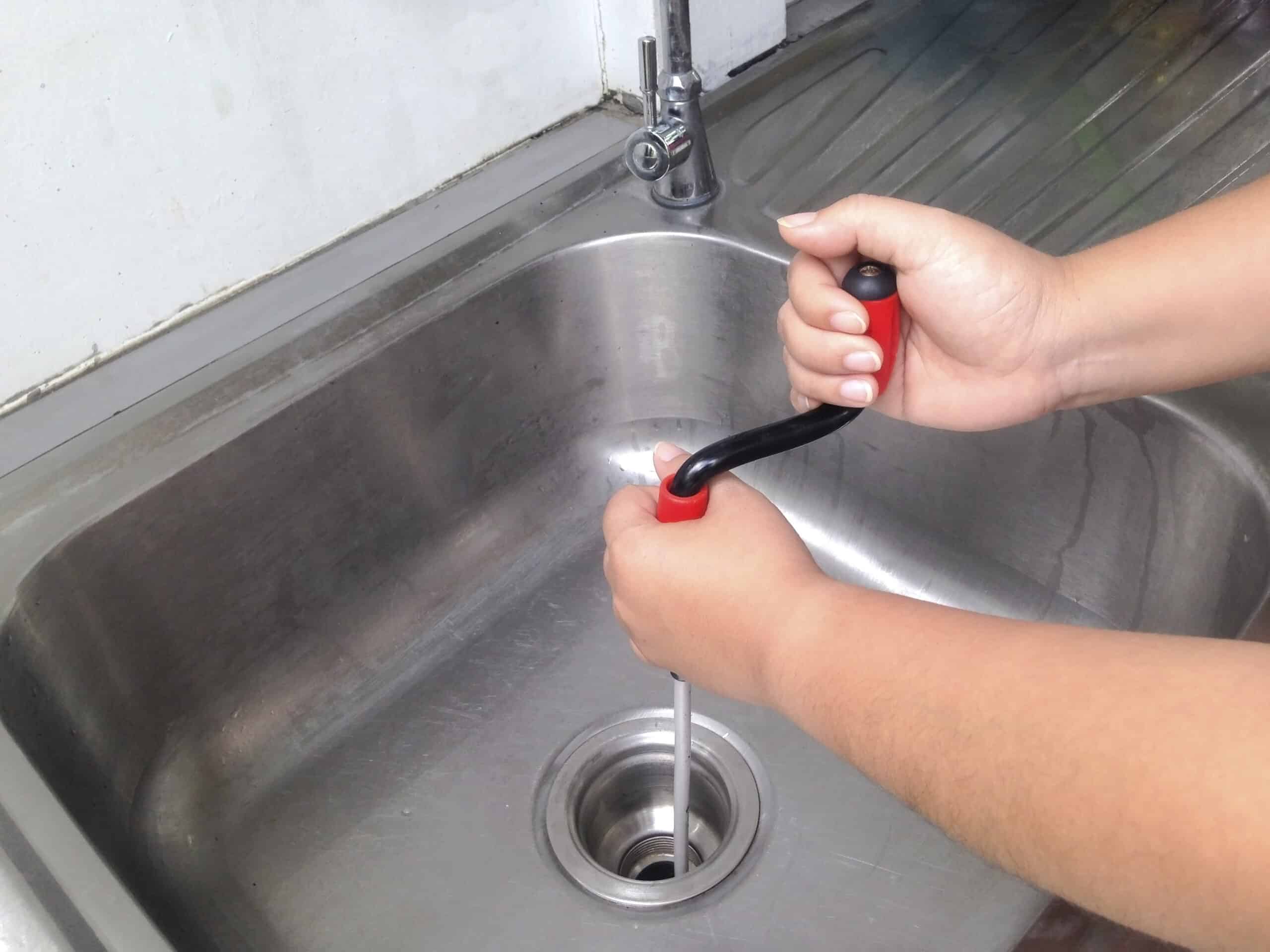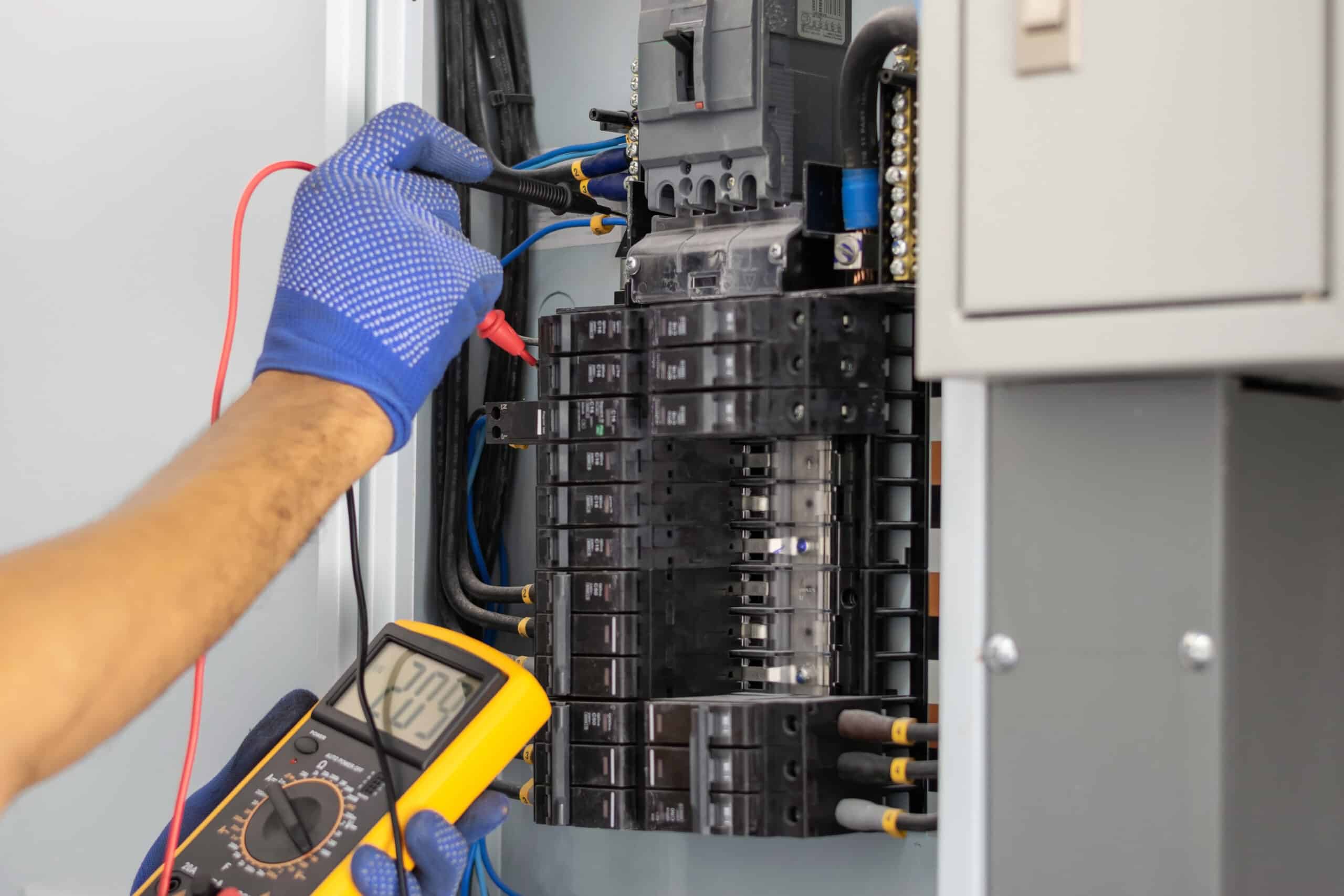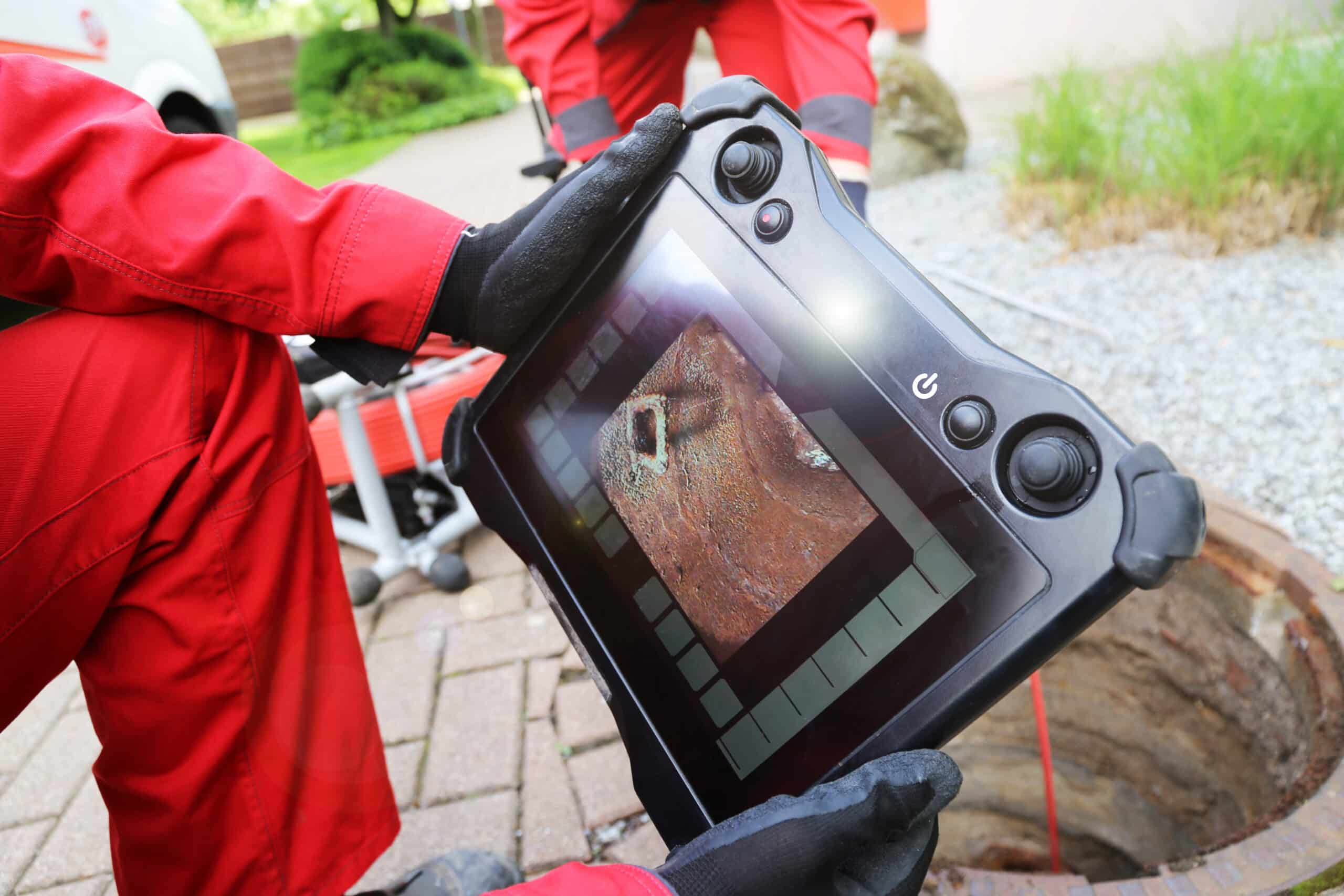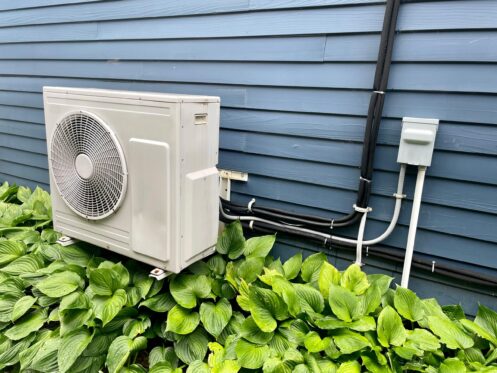The seasons change quicker than you think. Although it feels as if winter was just at its worst, the summer is fast approaching. That means it’s time to pull out the shorts, put away the snow shovel, and get your AC ready for a busy season. Learn what you need to do to get your KS heating and air system ready for the summer months.
Why the Preparations?
Before you find out more about getting your AC ready for the summer, you should understand why it all matters. If you didn’t have issues with your air conditioner last summer, why should you expect any this summer?
All year long, your HVAC system works to keep you comfortable. Even when your system isn’t blowing cold air, it still faces abuse. The snow and wind takes a toll on your exterior unit, while other components work to heat your home. By the time the summer rolls along, your system needs attention.
You could wait until your system breaks down to call a residential HVAC service. However, this comes with a few issues. During the summer, it’s harder to find an available technician. You could also be looking at higher costs because of the higher demand. Even more importantly, waiting for your system to break down often means a more complex repair. By getting maintenance, you kick off the summer with a fully functional cooling system.
Tips for Getting Started
If you’re convinced it’s time to prep your air conditioner for the summer, you can follow a few simple tips.
Clean Your Filters
One of the easiest maintenance tips is to change out your filters. Although you should do this every few months, it’s a good idea to do it an additional time before the summer begins. In the spring, pollen and other particles tend to clog up the filter.
Before you change out the filters, make sure you locate all of the vents. You could have multiple filters of varying sizes. Don’t take out the filters until you have the proper replacement ready. If you have reusable filters, you don’t need to replace them. Wash them as directed and return the filters to their appropriate spots.
Clean the Exterior Unit
This is a job best left to the experts, but you may want to know how to do it. Before you clean the coils, turn off the circuit breaker to eliminate the risk of harm. You need the power to the condenser to be off. If you have a disconnect box close to the exterior unit, shut that off too.
Once you have no power to the condenser, you can clean the condenser coils and the fan. You may need to remove a cover if you protected the unit during the winter. If it wasn’t covered, you will probably see some debris on the unit. Remove debris from near the unit and on the fan. If you see any dirt on your coils, it’s essential to take further steps to clean them.
To clean the coils, remove the grillers or panels from the unit. Lift off the tip, but do so with caution. The fan could be attached and it’s quite heavy. If you’re not careful, you could injure yourself or disconnect essential wires. After you safely lift the top, use a refrigerator coil brush and gently bring it along the coils. Then, vacuum the dirt out of the inside without banging the fins or coils.
Maintain the Area Around the Condenser.
After the winter, your yard starts to take over. Grass grows, weeds sprout up, and shrubs spread out. While you might like the growth that comes with the spring and summer, your air conditioner doesn’t.
Leaves, grass, and debris cause trouble for your AC. Before summer is here, do some yard maintenance. Move plants or grasses that encroach on your condenser unit and clear away debris. Over time, they block the air flow and prevent your system from working well.
Clear the Drain
Although air conditioners vary, most systems have a drain. The drain allows the drops of water created during the cooling process to drain away from your air conditioner. If there’s a clog in the drain, your air conditioner could begin to leak.
Check the Coolant Lines
Typically, you can find refrigerant lines running from the evaporator to the air handler on the condenser. The lines often have foam coolant surrounding them as insulation.
If the lines are missing insulation, cover them with new insulation sleeves or foam insulation tape. As you look along the lines, be wary of puddles. At times, refrigerant leaks out of the system and into the ground. In the case of a refrigerant leak, you need to contact an emergency plumber.
Test the AC
Any time you or someone else performs maintenance, test out the system. If you did the work yourself, don’t forget to turn the power back on. Before you flip the switch, turn the thermostat to the off position. Then, turn the power on at the disconnect box and at the panel. Switch your thermostat on to cool.
Listen out for your air conditioner to switch on. If you don’t hear anything, try dropping the temperature a bit. After the air kicks on, feel the temperature of it. Does it seem warm? Your AC should only blow cool air, unless you have the thermostat set to the fan mode and it’s not currently cooling.
Let your AC run for a few hours, and pay close attention to it. Is it making strange noises? Does it run continuously? Keep an eye out for signs of trouble and call a technician for help as soon as you notice an issue.
Rely on Us for Your KS Heating and Air
DIY maintenance is dangerous to you and your system. If you want your air conditioner ready for the summer, you need to rely on a professional. Here at Eck Services, you can count on us to maintain and repair your KS heating and air. Call now and learn how we can get you ready for the summer.



